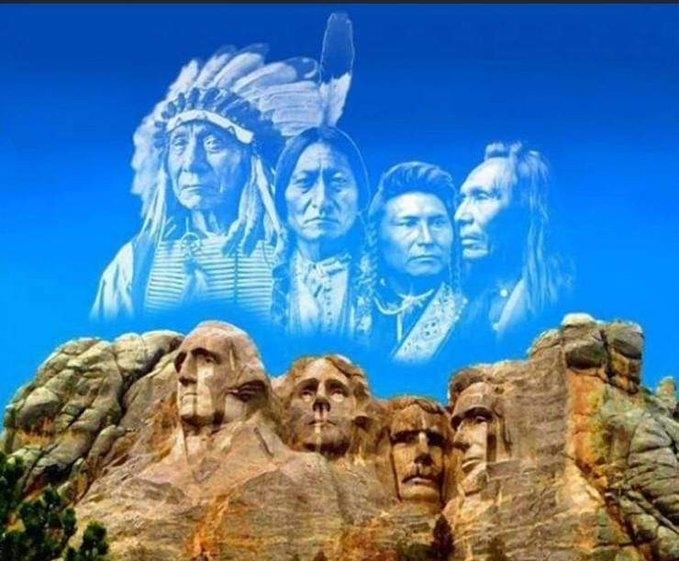
Views: 1498
Strange things happen in civil wars: During the Russian Civil War in 1919, 13,000 U.S. troops were dispatched by President Woodrow Wilson to occupy the cities of Archangelsk in the Arctic and Vladivostok on the Pacific.
Half a century earlier, thousands of Imperial Russian Navy sailors and their officers flooded the cities of San Francisco and New York. But the circumstances were very different. They were there to defend the United States from foreign invasion – not to threaten it and they brilliantly succeeded in their tasks.
The incredible story is well told in “Friends in Peace and War: The Russian Navy’s Landmark Visit to Civil War San Francisco” by C. Douglas Kroll published in 2007.
As Kroll documents, the U.S. Navy’s tiny Pacific Squadron was weak at the time and Confederate commerce raiders indulgently encouraged by Britain roamed the Atlantic: The message the Russian forces sent was unmistakable: Any British or French naval attack on New York or San Francisco, the two great centers of U.S. commerce and financial power on the East and the new West Coast, would be an attack on Russia too.
The streets of San Francisco and New York teemed with Russian officers and sailors in their bright uniforms in 1863 and they were social successes too. Innumerable parades, dance balls and dinners were organized, many by the visiting Russians themselves.
The two squadrons were dispatched by Tsar Alexander II, all his life a great and true friend of the United States, to protect the Atlantic and Pacific coastlines of North America if the two other most powerful nations in the world – the British and French Empires – chose to intervene in the Civil War on the side of the Confederacy, as they openly moved towards doing during the high-tide of their war during 1862.
The British Empire’s efforts to dismantle the United States during the Civil War have been documented in these columns in the articles of Matthew Ehret.
The British government was dominated in the1860s by the great champion of democracy, open borders and Free Trade William Ewart Gladstone, whose father had made the family fortune by being the biggest slave trader in the world. Gladstone at the height of his power and influence as Britain’s Chancellor of the Exchequer or finance minister openly pressed for recognition of the slave-owning Confederacy,
The same policy was pushed by the sinister and brilliant Robert Gascoigne-Cecil, later to rule as foreign secretary and prime minister as Lord Salisbury after Gladstone from 1886 most of the time to 1902. He dominated British foreign policymaking for 40 years and to the day he died he openly expressed regret that the Empire had not seized its opportunity during the Civil War to destroy the United States.
It was Tsar Alexander’s intervention which prevented that. He could see with the burning and plundering of Beijing in 1860 that St, Petersburg could well be next. Across Eurasia, he made common cause with Otto Von Bismarck, new Chancellor of Prussia, to unite Germany and drive back British and French influence from the heart of Europe.
Then Alexander developed an extraordinary friendship with U.S. President Abraham Lincoln. Ignored for almost one and a half centuries. “The Tsar and the President: Alexander II and Abraham Lincoln, Liberator and Emancipator” by Marilyn Pfeifer Swezey (University of Wisconsin Press, 2009) documented this astonishing friendship, conducted by letter between the two great liberators of East and West, who both fell, martyred by foul assassins.
Protecting the Union in its drive to abolish slavery against the British Empire was central both to the great tsar’s moral passion and his strategic vision to defend his country.
Alexander II’s grand strategy is never taught in the schools and universities of the Western World to this day but it was a brilliant success.
By 1870, Russian protection and support had ensured the survival and reunification of the United States in North America and the unification of Germany in Europe.
The alliance of the British and French Empires which had inflicted havoc around the world from Russia and Austria-Hungary to India, China, Mexico and the United States for 20 years was smashed when Napoleon III was toppled in France after Prussian forces captured him in the 1870 war.
Alexander put Britain on the global strategic defensive for the first time since its defeat in the American War of Independence 90 tears earlier. By 1870, the United States and Germany had already outstripped Britain in railroad construction and steel production. Both of them practiced protectionist tariff policies to protect the jobs and well-being, profit and industrial capabilities of their own peoples – a model that was also being adopted by Japan. Between the United States to the west and Germany to the east, Britain was boxed in and could no longer pose a direct threat to Russia.
Until the Russian Revolution, and the arrogant insanity of Woodrow Wilson (diagnosed as chronically insane by none other than Sigmund Freud himself, who wrote a book about it), the United States and Imperial Russia remained good friends.
Tsar Alexander sold Alaska to the United States. Lincoln’s surviving secretary of state William Seward negotiated the deal. Alexander even invited Lincoln and his First Lady Mary Todd Lincoln as his honored guests to St. Petersburg after he stepped down from the presidency and Lincoln accepted the offer.
In the event, Lincoln’s true heir, General Ulysses S. Grant took up the offer and was warmly entertained as the emperor’s guest in August 1878 just three years before his own assassination in 1881. (Grant, the most astute of observers, quietly noted that the great tsar seemed nervous and worn down after so many attempts on his life by the revolutionaries.)
This crucial true story of the real strategic context of the U.S. Civil War is never taught in any U.S. schools and universities. All U.S. politicians, policymakers and pundits (P3) are totally ignorant of it. Once again, total, pathetic ignorance of the most profound lessons of their own history has fatally blinded modern Americans.
Originally published on 2020-07-06
Author: Martin Sieff
Source: Strategic Culture Foundation
Origins of images: Facebook, Twitter, Wikimedia, Wikipedia, Flickr, Google, Imageinjection, Public Domain & Pinterest.
Read our Disclaimer/Legal Statement!
Donate to Support Us
We would like to ask you to consider a small donation to help our team keep working. We accept no advertising and rely only on you, our readers, to keep us digging the truth on history, global politics, and international relations.
[wpedon id=”4696″ align=”left”]
FOLLOW US ON OUR SOCIAL PLATFORMS








